Dutch technology for growing a large crop of potatoes
Chemical composition potatoes rich, therefore it has many useful properties. To build the human body, amino acids are needed, most of which are found in the protein of potatoes. Up to forty percent is starch, it is they who represent polysaccharides in this case. In addition to these substances, potatoes contain glucose, sucrose, pectin substances, and fiber. It contains macro- and microelements, many vitamins and folic acid. Potato tubers are rich in carotene, organic acids and sterols.
The last decade has been the decade of the growing popularity of Dutch breeding. This method is used in many private farms or household plots, private plots or agricultural enterprises. This is due to the growing popularity of varieties potatoes from Holland. Scientists have carefully studied the technology of Dutch agronomists in the cultivation of potatoes.
Content:
- What is the essence of this method?
- What varieties of potatoes to choose?
- How to cultivate the soil and care for potatoes?
- Destruction of pests and diseases
- Harvesting potatoes
What is the essence of this method?
Dutch technology is distinguished by the maximum reduction in machining potatoes in time leaving After planting high-volume ridges, inter-row tillage can be stopped.
You can only plant a past recovery from various viruses and diseases seed quality potato, varieties must be productive. There are norms of the standard that the product must meet. Tubers should be from three to five centimeters in diameter, and varietal purity and germination - equal to one hundred percent.
The basis of this method is the quality of the material chosen for growing.
Gardeners should pay special attention to this. It is extremely important to correctly calculate the planting density of potatoes. The planting is usually thickened to such an extent that there are about thirty stems per square meter. This is necessary to get good seed. In order to implement such landing, select tubers on which there are at least five sprouted eyes. As a result, about six tubers are planted per square meter of land.
What varieties of potatoes to choose?
Use several varieties of potatoes with different ripening times, so you can significantly increase your yield. There are varieties that are quite resistant to a variety of diseases and harmful insects. They will become your lifesaver.
The most common varieties of potatoes from Holland are Prior, Jarla, Asterix, Frisia, Mona Lisa, Ebba.
These are the Dutch potato varieties. Of the species existing today, they are the most resistant to various diseases, cancer and nematodes, which are usually so susceptible to potatoes. In addition, it is worth considering that all these varieties were bred without the help of genetic engineering, they are just hybrid plants.
How to cultivate the soil and care for potatoes?
Secrets of growing and processing potatoes:
- Treatment soil and care of seedlings before planting should create conditions for the instant development of roots and bush, this is especially necessary in the initial growing season. Heating of tubers or germination will contribute to rapid development.
- Landing It is carried out to a depth of up to four centimeters, when shoots appear, high hilling is carried out and ridges up to twenty-four centimeters in height are formed, leave a width of seventy-five centimeters at the base.
- The soil is not processed after you make a high comb. Only application is needed herbicides against weeds.
- The row spacing is of great importance. Dutch farmers are planting potatoesleaving seventy-five centimeters between the rows.
It is a pity, but in most cases, due to a lack of land, summer residents begin to save, and the aisles get no more than half a meter, which complicates the process of hilling with loose soil and forces you to cut the roots. The result is stunted growth and development.
When growing potatoes for food, it is unacceptable for the tubers to become greenish, and due to the lack of land for hilling, this can happen.
To get good harvest, it is necessary to leave seventy centimeters between the rows in the early varieties and eighty in the later ones.
Destruction of pests and diseases
When growing potatoes according to Dutch technology, it must be sprayed with agents against late blight, which can destroy all seedlings already on the fourth day. The potato field should be processed about five times, observing a strict sequence drugs, you need to take into account the degree of development diseases.
Alas, Dutch varieties do not have immunity to late blight, since disease resistance is achieved by treating plants with chemicals.
Dutch technology provides for such methods of growing planting material, fighting viruses, that about thirty-five or forty percent of the crop is lost. Aphids are carriers of the disease, therefore, by destroying them, you can indirectly protect potatoes.
Harmful parasites live on many crops and weeds and transfer infection from sick to healthy specimens during the growing season. When spraying potato bushes against insects use chemicals. The main way to fight viruses is to destroy diseased plants.
Harvesting potatoes
Remove the tops from the field before harvesting and leave the tubers in the soil for another eleven days. Thanks to this method, the potatoes will ripen better, the peel will be stronger, which will increase safety and reduce mechanical damage. Many gardeners grow potatoes in a simple way. First they plant, then they huddle, then they are removed.
For planting, a degenerate material that has been used for many years is often used.
Few people select tubers for the seeds... Alas, the cultivation of potatoes has not yet taken root, and methods for the destruction of late blight, such as, for example, spraying the sprouts with protective agents, have not yet taken root, and this leads to a shortage, a decrease in yield in some years.
Potato culture is plastic. Unfortunately, summer residents do not know its basic biological characteristics, so the yield is low. Even a small amount of the crop is affected by violations of crop cultivation technologies and random planting material.
More information can be found in the video.



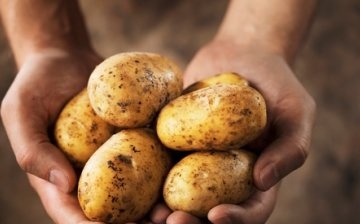
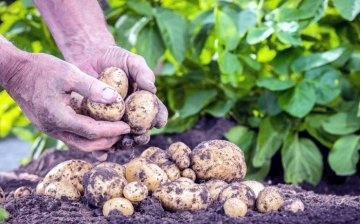
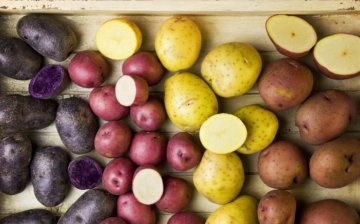
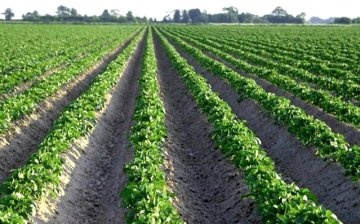
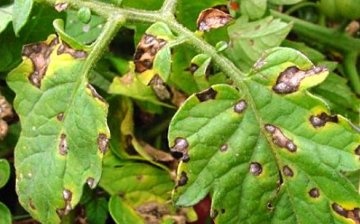
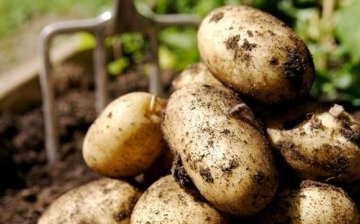







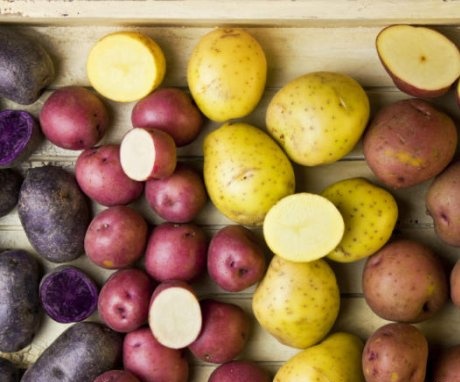

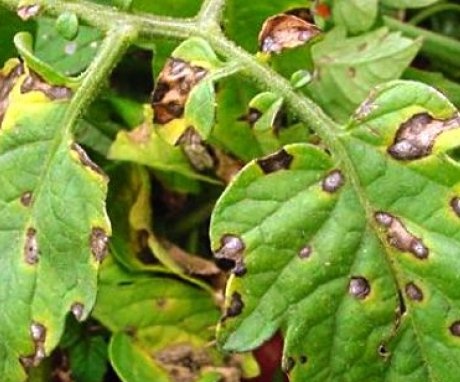
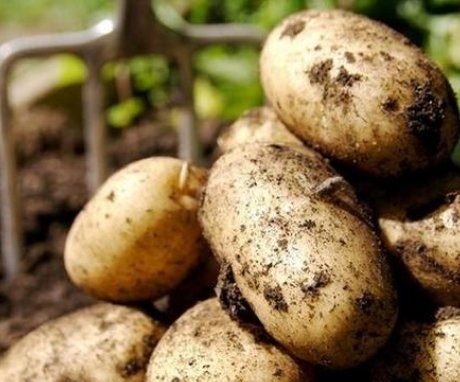
A very interesting cultivation technology, but, the Dutch, very strictly select high-quality tubers, in size, the number of eyes. Planting depth must also be maintained. If it is done manually, then it will be long and expensive. I think that our gardeners, this method will not take root.